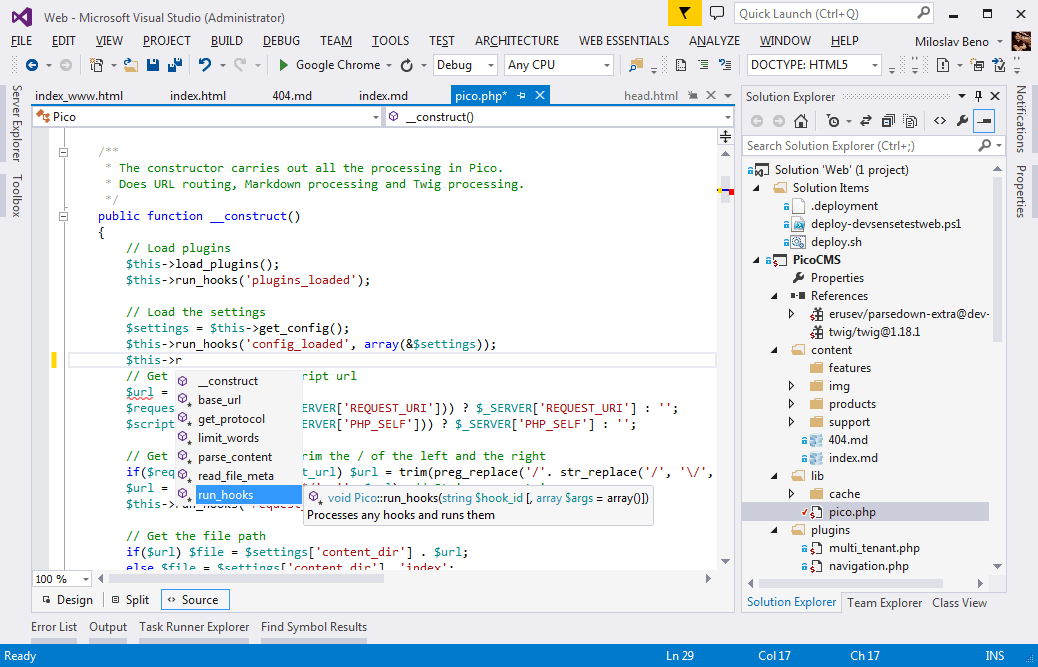Xenserver 6.2 Keygen

Citrix xen server 7 free vs commercial. Customers using Citrix XenServer 7.0 where all guests are 64-bit PV guests are unaffected. Customers using Citrix XenServer 6.2SP1 and earlier with no 32. Citrix XenServer Multiple Security Updates XenServer is the leading open source virtualization platform powered by the Xen. Citrix Xenserver Windows Guest Agent 6.2.311 serial keygen. Renovation in Software Keygens.. 1 GB RAM for 10.6, 2 GB for 10.7 and 10.8. Citrix XenServer 5.6. Citrix Xenserver 6.1 License Crack - Bird.Hunter.2003.Full.Version. .The.Beast.Downunder ojihepedys.boxhost.me/xense.
About Working with Virtual Machines CloudStack provides administrators with complete control over the lifecycle of all guest VMs executing in the cloud. CloudStack provides several guest management operations for end users and administrators. VMs may be stopped, started, rebooted, and destroyed. Guest VMs have a name and group. VM names and groups are opaque to CloudStack and are available for end users to organize their VMs. Each VM can have three names for use in different contexts.
Only two of these names can be controlled by the user: • Instance name – a unique, immutable ID that is generated by CloudStack and can not be modified by the user. This name conforms to the requirements in IETF RFC 1123. • Display name – the name displayed in the CloudStack web UI. Can be set by the user. Defaults to instance name. • Name – host name that the DHCP server assigns to the VM. Can be set by the user.
Defaults to instance name. Note You can append the display name of a guest VM to its internal name. For more information, see. Guest VMs can be configured to be Highly Available (HA). An HA-enabled VM is monitored by the system. If the system detects that the VM is down, it will attempt to restart the VM, possibly on a different host.
For more information, see HA-Enabled Virtual Machines on Each new VM is allocated one public IP address. When the VM is started, CloudStack automatically creates a static NAT between this public IP address and the private IP address of the VM. If elastic IP is in use (with the NetScaler load balancer), the IP address initially allocated to the new VM is not marked as elastic.
The user must replace the automatically configured IP with a specifically acquired elastic IP, and set up the static NAT mapping between this new IP and the guest VM’s private IP. The VM’s original IP address is then released and returned to the pool of available public IPs. Download The Vampire Diaries 3 Temporada Legendado Avi. Optionally, you can also decide not to allocate a public IP to a VM in an EIP-enabled Basic zone. For more information on Elastic IP, see.
CloudStack cannot distinguish a guest VM that was shut down by the user (such as with the “shutdown” command in Linux) from a VM that shut down unexpectedly. If an HA-enabled VM is shut down from inside the VM, CloudStack will restart it. Maneesh De Moor Rapidshare Download here.
To shut down an HA-enabled VM, you must go through the CloudStack UI or API. Monitor VMs for Max Capacity The CloudStack administrator should monitor the total number of VM instances in each cluster, and disable allocation to the cluster if the total is approaching the maximum that the hypervisor can handle. Be sure to leave a safety margin to allow for the possibility of one or more hosts failing, which would increase the VM load on the other hosts as the VMs are automatically redeployed.
Consult the documentation for your chosen hypervisor to find the maximum permitted number of VMs per host, then use CloudStack global configuration settings to set this as the default limit. Monitor the VM activity in each cluster at all times. Keep the total number of VMs below a safe level that allows for the occasional host failure. For example, if there are N hosts in the cluster, and you want to allow for one host in the cluster to be down at any given time, the total number of VM instances you can permit in the cluster is at most (N-1) * (per-host-limit). Once a cluster reaches this number of VMs, use the CloudStack UI to disable allocation of more VMs to the cluster.